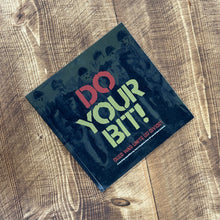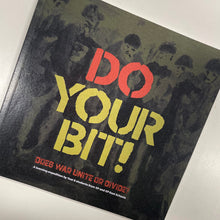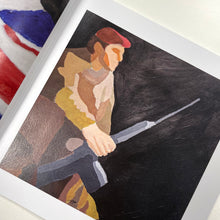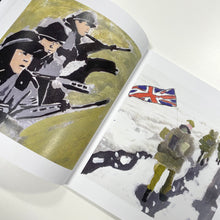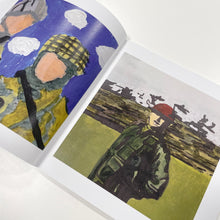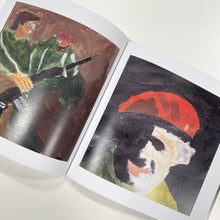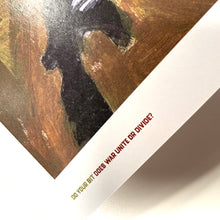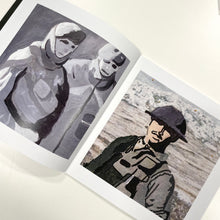
A collection of Artwork created and curated by Year 8 Students at XP Doncaster, compiled in a coffee table book.
In Spring 2022, students in Year 8 studied a HUMAN expedition called ‘Do Your Bit! ‘
Over the following months, we explored the guiding question: Does war unite or divide?
Our expedition in HUMAN focused on the key themes of unification, division, scientific innovation, community, peace, death and weaponry through protocols including a gallery walk, silent conversation, notice, wonder and question. The students
also attended an immersive experience at the Museum of Liverpool. This suggested and provided clues to the content of the expedition before the guiding question was revealed.
For our Art immersion we looked at the surrealist work of Terry Gilliam and Hannah Hoch. This helped us to contextualise the Surrealist art movement with the aftermath of the WW1.
In Science we immersed ourselves in the chemistry of war by examining what happened when we burned a variety of elements. We also conducted an experiment where we used our physics knowledge to overcome obstacles.
In Music immerison, we listened, played along, sang / recreated Where is the Love (Black Eyed Peas) and American Idiot (Green Day). Discussed the context of these songs, analysed the lyrical content and their connections to war and conflict.
In HUMs The expedition was broken into two case studies, the first was called ‘The Call To Arms’ where we focused on looking at short and long term causes of the war, and how the men were recruited. We used the anchor text ‘White Poppies’ to make links
between English and History, comparing recruitment tactics. The second case study, ‘The Horrors of War’, utilised the anchor text to explore through the medium of drama, the emotions felt by both those serving and those at home. We looked at primary
sources such as photographs and letters from the trenches, to explore the reality of war in comparison to the anchor text. Understanding was developed further, by the analysis of poetry by First World War poets.
In Science the expedition studied the war through two case studies called, ‘The Chemistry of War’ and ‘The Forces of War’. In the first case study we looked at atoms, molecules and elements. We studied how they interact and how chemists in the great
war were able to create compounds and mixtures that both helped and harmed others. In the second case study we examined how forces interact and cause objects, machines and weapons to change their speed, direction and shape. This led us to consider whether they were helping or harming, uniting or dividing people.
Within Maths, we have explored the difference between proportional and none-proportional relationships, through looking at the speed of different objects. We have determined through multiplicative relationships such as Ratio and percentages whether the Allied forces or the central powers should have been victorious from a purely numerical standpoint. We then culminated this as an Infographic as a year group, which allows other year groups to recognise how much was used/wasted during WW1.
In Art we explored the different ways in which artists were inspired by the events surrounding them in WW1. People like Otto Dix and CRW Nevinson created brutal images of death and organised destruction - whereas artists from the Dada movement
including Hannah Hoch took refuge in the absurd, developing surrealist images. We used this knowledge to create our own posters with both pro and anti war messages. These were used in the final drama performance of ‘White Poppies’.
In Music we looked at WWI songs and practiced them on the ukulele. We progressed onto analysing song lyrics and poetry and how this influenced song creation. This was followed by song compositions with a war or conflict connection. An analysis of
chord structure from the WWI songs influenced our compositions and song development.
Our expedition product was a performance of extracts of the anchor text, ‘White Poppies’. Our Celebration of Learning was a presentation by students where they presented their learning about WW1 by performing the extracts to an audience, using the propaganda posters as a backdrop.







